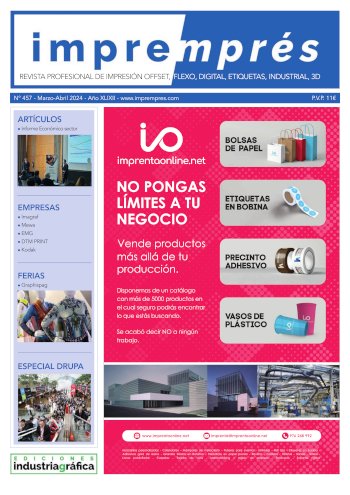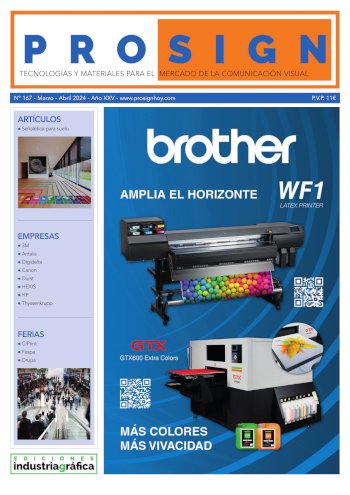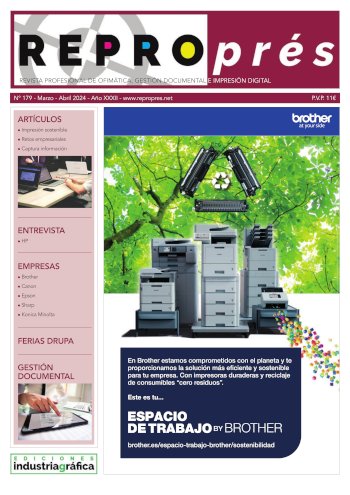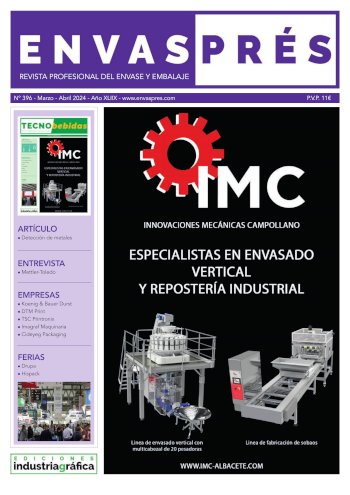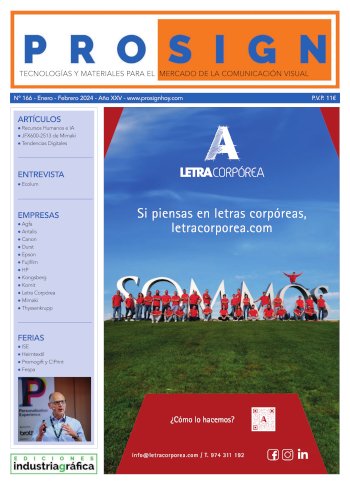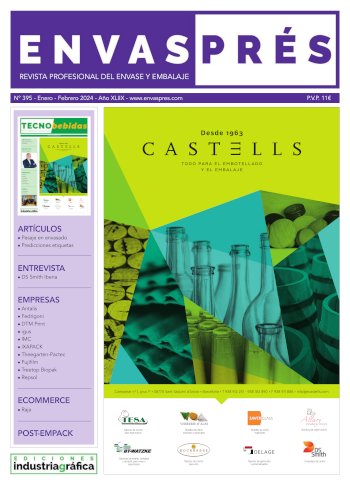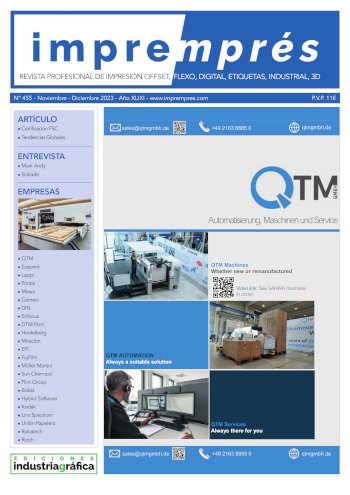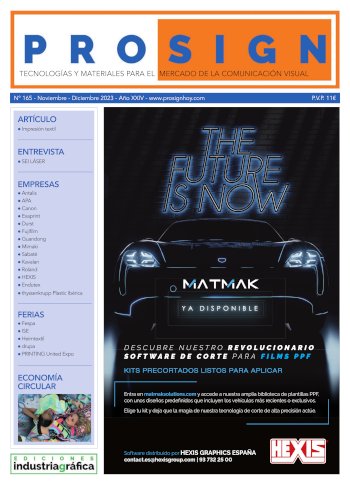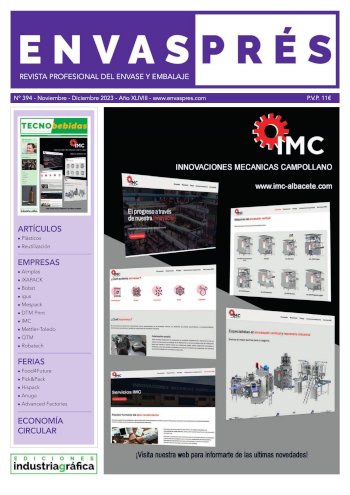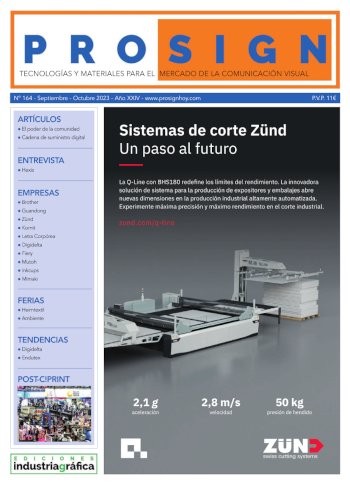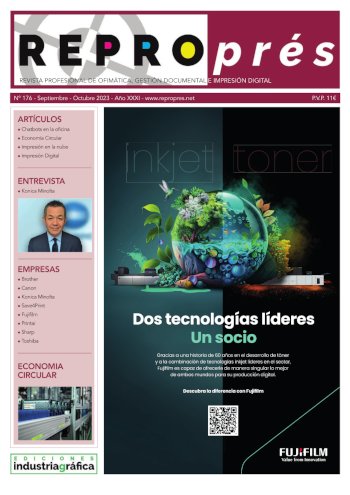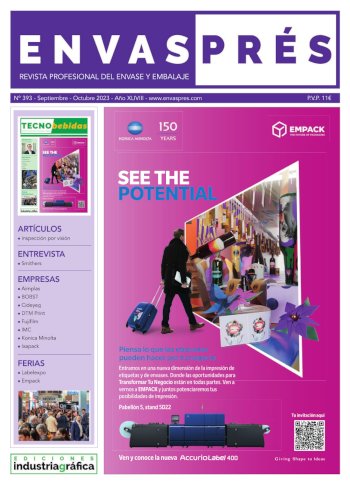From print supplier to Marcom Factory
- Publicado el 18 de Febrero de 2014
Artoos started in 1946 with printing local and regional newspapers. In 1994, the newspaper part was sold, and a new business model, based on added value was developed. The company evolved from just printing jobs to a vertically integrated multimedia business. Today Artoos has 140 employees, taking care of concept creation, printing, mailhandling, fulfillment and solutions for distributed marketing.
The customers are businesses and government, each individual job being managed by a dedicated account manager, the customers’ spoc (single point of contact), assuring the best fit solution for each specific communication need.
Technical Director, Filip Coosemans, explains how the company is able to grow and stay ahead of competition: "We provide unique communication solutions that are an extention of our printed portfolio. Artoos evolved into a vertically integrated provider of marketing and corporate communications. Having a strong creative studio, a wide-developed state of the art printing facility (offset and digital) and a growing fulfillment department (mail handling, pick & pack) we manage to respond to a changing communication environment. Our so called 'Marcom Factory' is responsible for all process automation, making use of state of the art technology. This includes building W2P (web to print) applications, using DAM (digital asset management) and integrating workflow automation. We aim to give the Artoos customers an "integrated" experience and as such a better efficiency and quality in the realization of their communication campaigns."
Artoos fosters a long standing partnership with Agfa Graphics, being their preferred offset printing plate supplier and provider of two Avalon CtP configurations, driven by the Apogee prepress workflow. The decision to use the Energy Elite Pro offset plates was largely based on the outstanding long run performance of this 'no bake' thermal plate. Also important was the fact that it enables to save energy, not requiring an intermediate baking step, and featuring very low plate chemistry consumption. Our objective is to reduce the amount of waste for print and pre-press as much as possible. Since the largest waste volumes were still coming from the Elantrix plate processors' wash water section, we decided to apply a water saving filter.

It is now possible to use the wash water for a full week instead of draining it every day, resulting in an 80% saving on water and thus creating less waste volume. The remaining waste water is collected in 1000 liter vessels and disposed of in a proper, hence expensive way. Mr. Coosemans replies: "This is a perfect example of how Artoos accomplishes to reduce the companies' estimated amounts of CO2 equivalents, also known as carbon footprint. We have proven that our estimated amounts of CO2 equivalents have decreased year after year (see table below). This is due to extensive efforts in reducing energy consumption, improving waste management, and making the appropriate paper choice for each printing job.
But first of all, in order to become 'climate neutral', you have to start by knowing how much you impact the climate. This means that all the processes have to be described and measured.
This results in a listing of CO2 emissions for each step in the printing design and production cycles, even including the transport of the printed material.
And just by going through this effort of mapping everything, it makes all processes more transparent and therefore creating a path for further improvement. No wonder that with such an indepth process control and a desire for quality improvement, Artoos obtained both the ISO 14001 and the ISO 12647 certifications.
Of course, as for any kind of industrial production or human activity, it is virtually impossible to eliminate all of the resulting CO2 equivalents. As we want to take our responsibility for the emissions that we cannot (yet) avoid, we have been compensating for them since 2010 by purchasing carbon credits from The Gold Standard, contributing to local projects for sustainable development. As a result we have been a completely climate-neutral printing company since 2010. Something we are really proud of."


